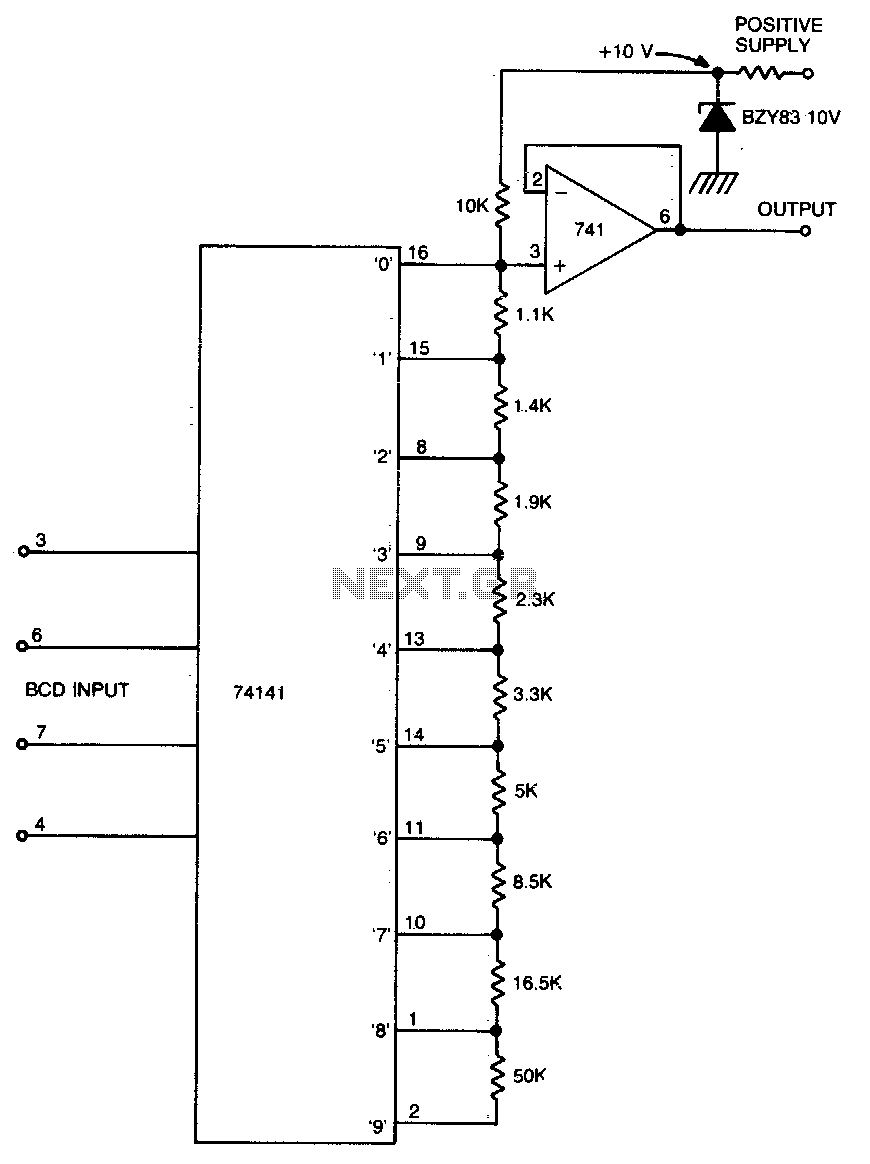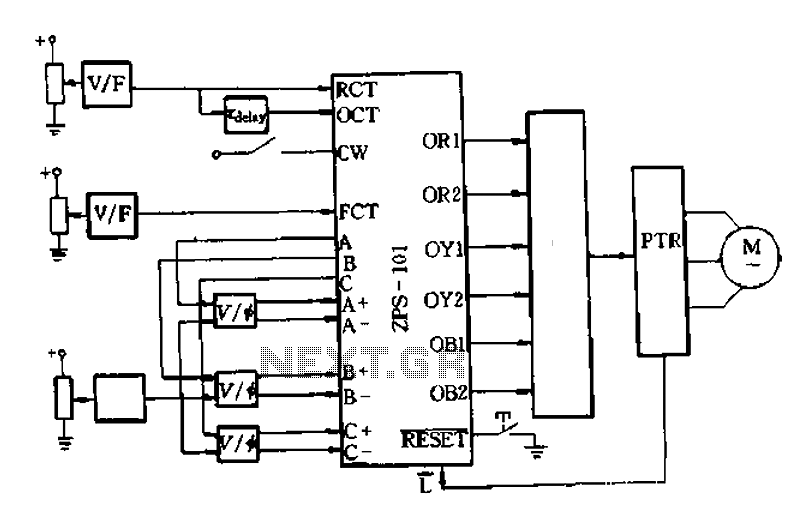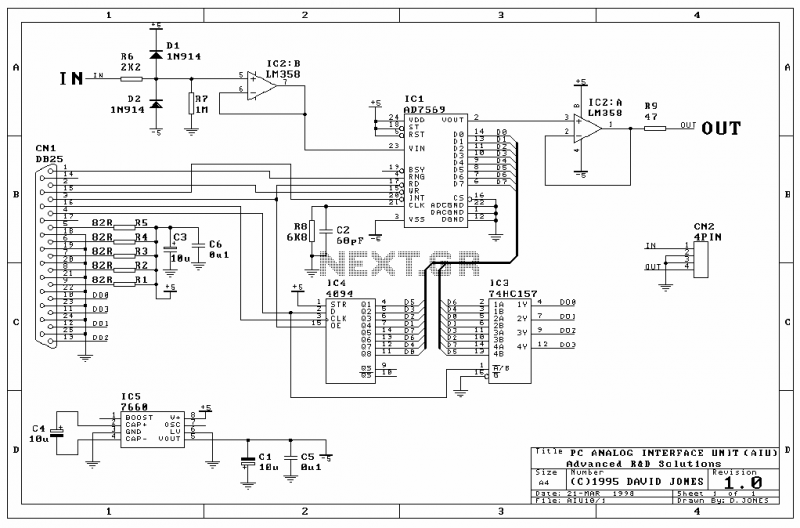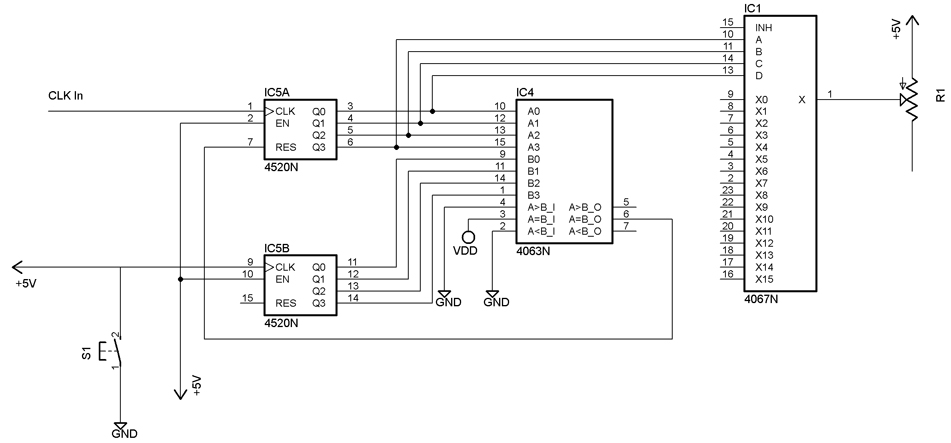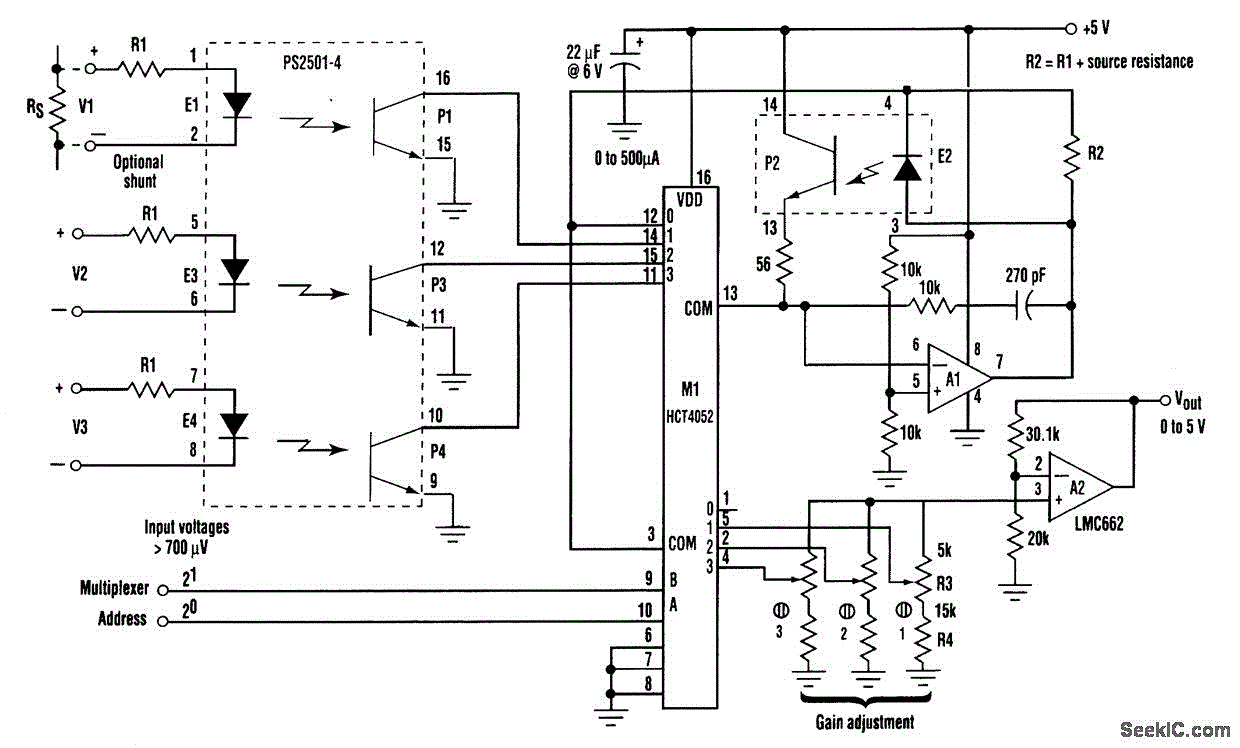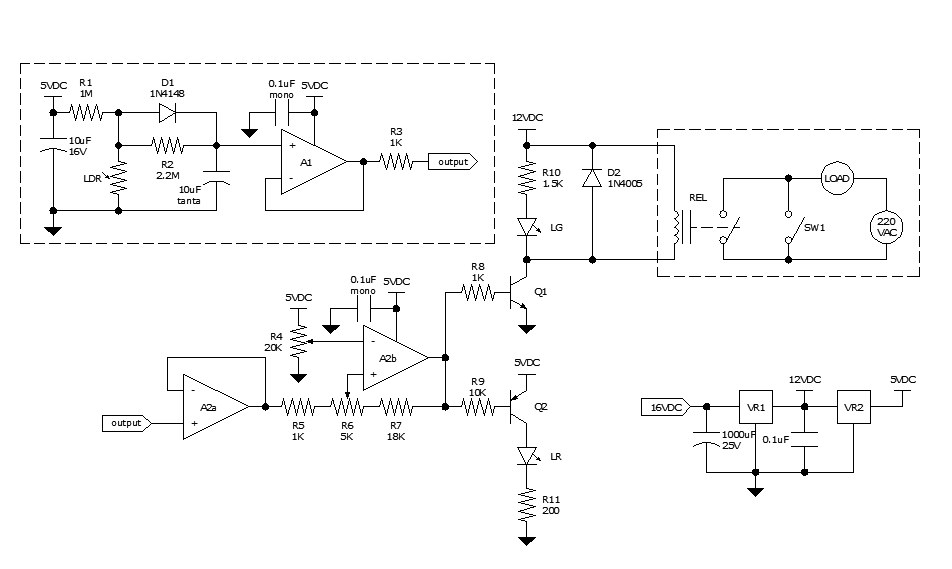
Analog Summing
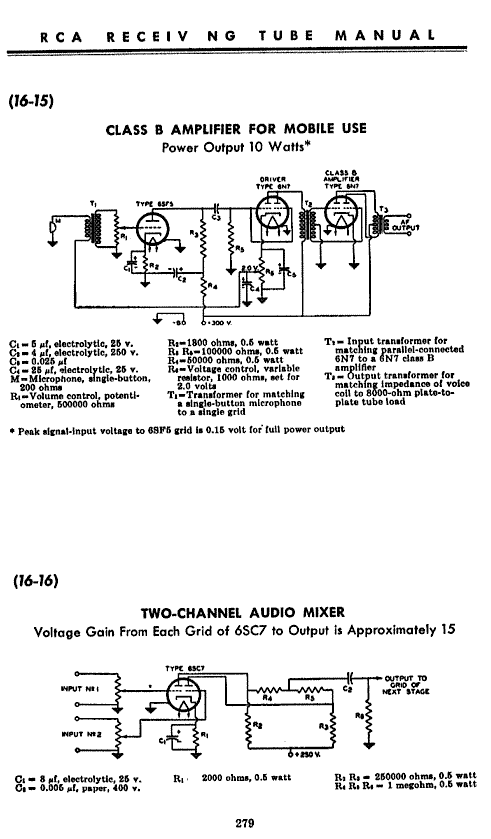
A request to build an analog summing amplifier, preferably utilizing vacuum tubes to achieve the characteristic tube sound.
An analog summing amplifier is a circuit that combines multiple input signals into a single output signal. The use of vacuum tubes in this circuit design can impart a warm, rich tonal quality that is often sought after in audio applications.
To construct a tube-based analog summing amplifier, the following components and configuration are recommended:
1. **Vacuum Tubes**: Select suitable vacuum tubes, such as the 12AX7 or 12AU7, which are commonly used in audio applications for their favorable characteristics.
2. **Input Stage**: Each input signal should be fed into a grid of the vacuum tubes. A resistor may be placed in series with each input to limit the current and prevent distortion.
3. **Summing Network**: Implement a resistive summing network where the outputs of the individual tubes are combined. This can be achieved using a resistor matrix that connects the anodes of the tubes together. The values of these resistors will determine the gain and the mixing characteristics of the amplifier.
4. **Output Stage**: The combined output signal should be taken from the common point of the summing network. A coupling capacitor may be used to block any DC offset, allowing only the AC audio signal to pass through.
5. **Power Supply**: A suitable high-voltage power supply is necessary to provide the required anode voltage for the vacuum tubes. Ensure that the power supply is adequately filtered to minimize noise.
6. **Feedback Loop**: Consider incorporating a feedback loop to stabilize the gain and improve linearity. This can be done by connecting a portion of the output back to the input through a resistor.
7. **Enclosure and Shielding**: Proper enclosure design is important to reduce electromagnetic interference and enhance the overall performance of the amplifier. Shielded cables should be used for input and output connections to minimize noise.
8. **Testing and Calibration**: After assembly, the circuit should be tested with various audio signals to ensure that it meets the desired specifications. Adjustments may be required to optimize the sound quality and performance.
This configuration will help achieve the desired analog summing effect while leveraging the unique sound characteristics of vacuum tubes.Hey Guys, I`d like to build a analog summing amplifier. Perfect would be with tubes. I want to get the typical tube sound, if it`s possible. So I want .. 🔗 External reference
An analog summing amplifier is a circuit that combines multiple input signals into a single output signal. The use of vacuum tubes in this circuit design can impart a warm, rich tonal quality that is often sought after in audio applications.
To construct a tube-based analog summing amplifier, the following components and configuration are recommended:
1. **Vacuum Tubes**: Select suitable vacuum tubes, such as the 12AX7 or 12AU7, which are commonly used in audio applications for their favorable characteristics.
2. **Input Stage**: Each input signal should be fed into a grid of the vacuum tubes. A resistor may be placed in series with each input to limit the current and prevent distortion.
3. **Summing Network**: Implement a resistive summing network where the outputs of the individual tubes are combined. This can be achieved using a resistor matrix that connects the anodes of the tubes together. The values of these resistors will determine the gain and the mixing characteristics of the amplifier.
4. **Output Stage**: The combined output signal should be taken from the common point of the summing network. A coupling capacitor may be used to block any DC offset, allowing only the AC audio signal to pass through.
5. **Power Supply**: A suitable high-voltage power supply is necessary to provide the required anode voltage for the vacuum tubes. Ensure that the power supply is adequately filtered to minimize noise.
6. **Feedback Loop**: Consider incorporating a feedback loop to stabilize the gain and improve linearity. This can be done by connecting a portion of the output back to the input through a resistor.
7. **Enclosure and Shielding**: Proper enclosure design is important to reduce electromagnetic interference and enhance the overall performance of the amplifier. Shielded cables should be used for input and output connections to minimize noise.
8. **Testing and Calibration**: After assembly, the circuit should be tested with various audio signals to ensure that it meets the desired specifications. Adjustments may be required to optimize the sound quality and performance.
This configuration will help achieve the desired analog summing effect while leveraging the unique sound characteristics of vacuum tubes.Hey Guys, I`d like to build a analog summing amplifier. Perfect would be with tubes. I want to get the typical tube sound, if it`s possible. So I want .. 🔗 External reference
